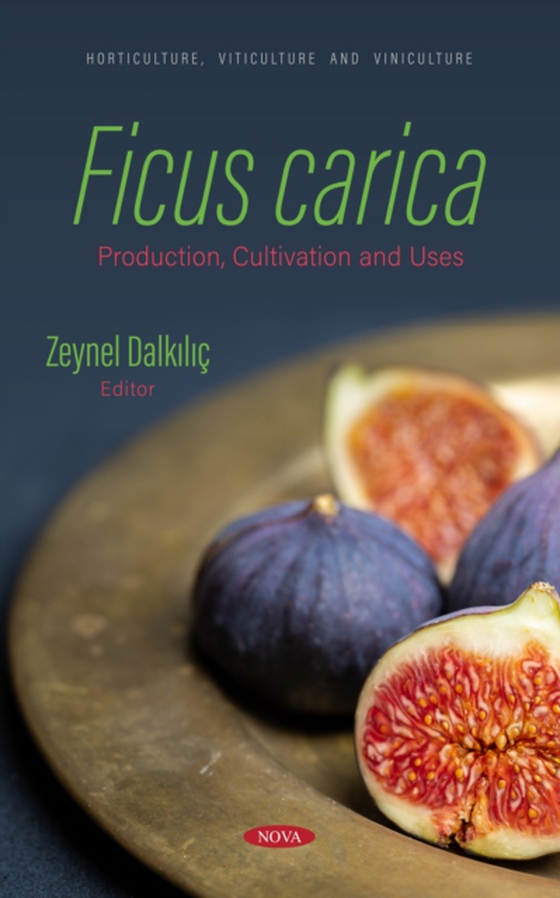
Ficus carica: Production, Cultivation and Uses e-bog
2190,77 DKK
(inkl. moms 2738,46 DKK)
Ficus carica, the fig, is one of the ancient crop plants originated from Anatolia. This is one of the most precious fruit crops beneficial to human health. It contains vitamins, minerals, protective compounds, and high carbohydrate content for human diet. On the one hand some people are starving in remote areas in the world, and on the other hand some people are getting obese. The more global c...
E-bog
2190,77 DKK
Forlag
Nova
Udgivet
3 maj 2022
Længde
258 sider
Genrer
Commercial horticulture
Sprog
English
Format
pdf
Beskyttelse
LCP
ISBN
9781685078737
Ficus carica, the fig, is one of the ancient crop plants originated from Anatolia. This is one of the most precious fruit crops beneficial to human health. It contains vitamins, minerals, protective compounds, and high carbohydrate content for human diet. On the one hand some people are starving in remote areas in the world, and on the other hand some people are getting obese. The more global climate change affects agricultural production and the food chain, the more the divide between the poor and the rich opens. While some experts draw attention to food security from farm to fork, some others advocate sustainable energy usage. When we are combating a global Covid-19 pandemic nowadays, remembering to help and back each other up has never been so important and striking in human history. Therefore, fig fruit can be considered as a functional food for human consumption. This noteworthy piece of work is composed of 10 chapters and covers the following subjects: Chapter 1, ancient history and cultural heritage; Chapter 2, production, trade, and marketing; Chapter 3, genetic diversity; Chapter 4, characteristics and caprification potentials; Chapter 5, gender identification using molecular markers; Chapter 6, effect of cordon pruning system; Chapter 7, virus diseases; Chapter 8, arthropod pests and nematodes; Chapter 9, postharvest handling and storage; and Chapter 10, modified atmosphere packaging and edible surface coating of fig plant.
 Dansk
Dansk

